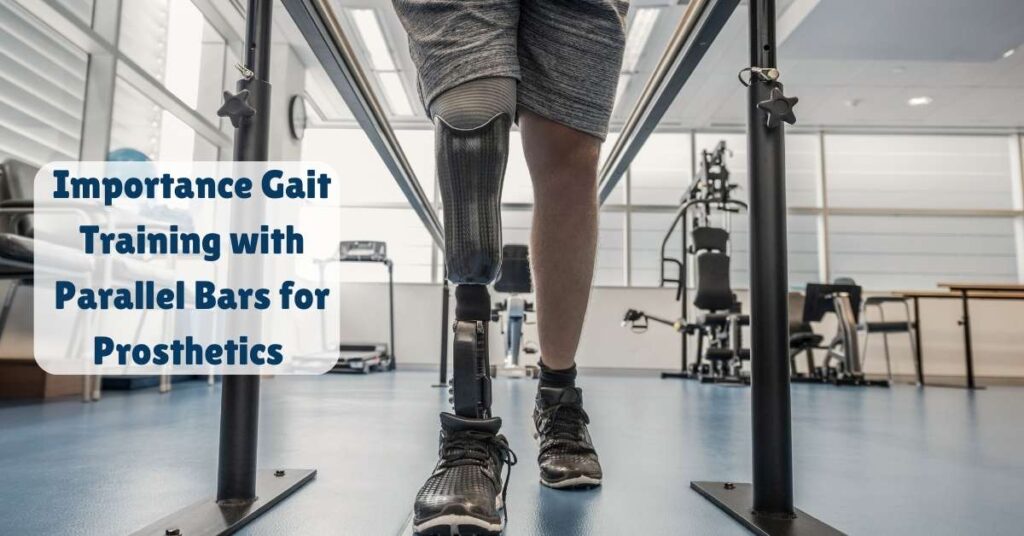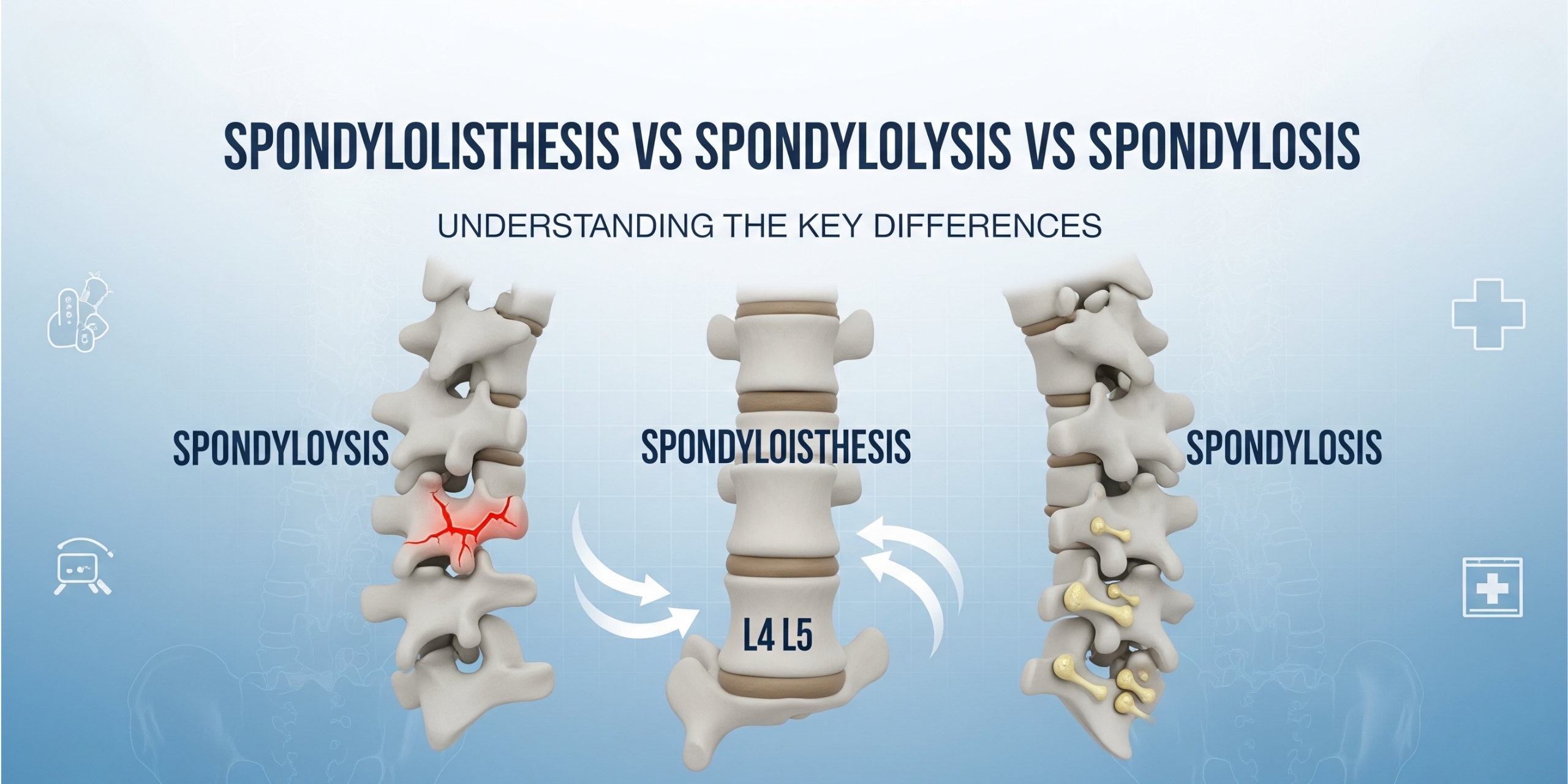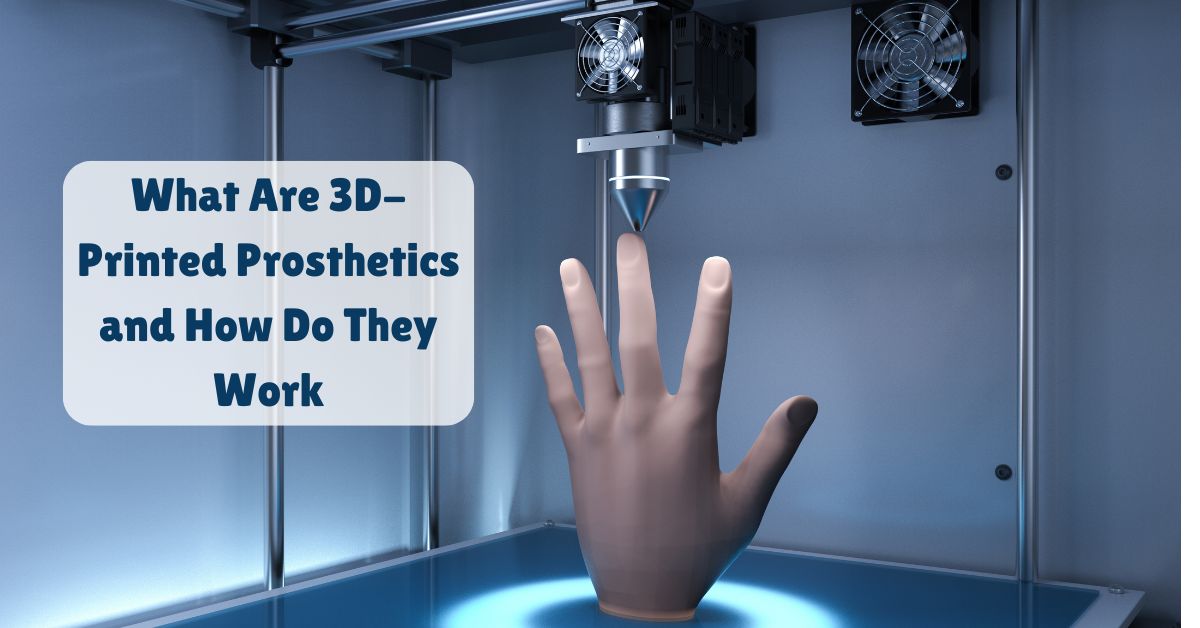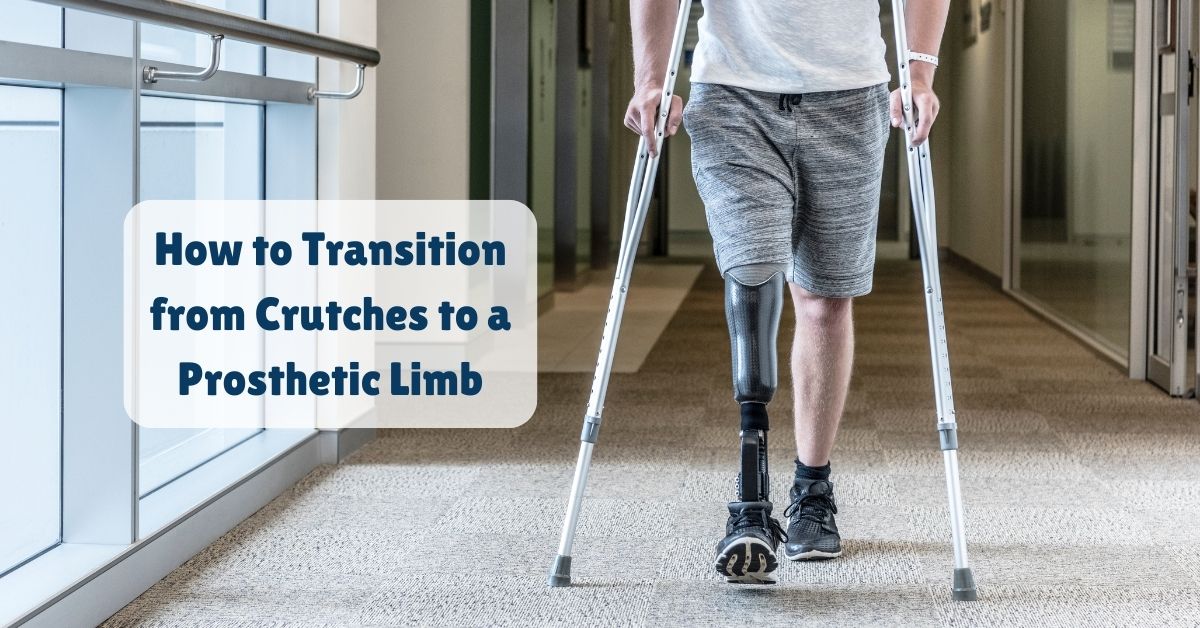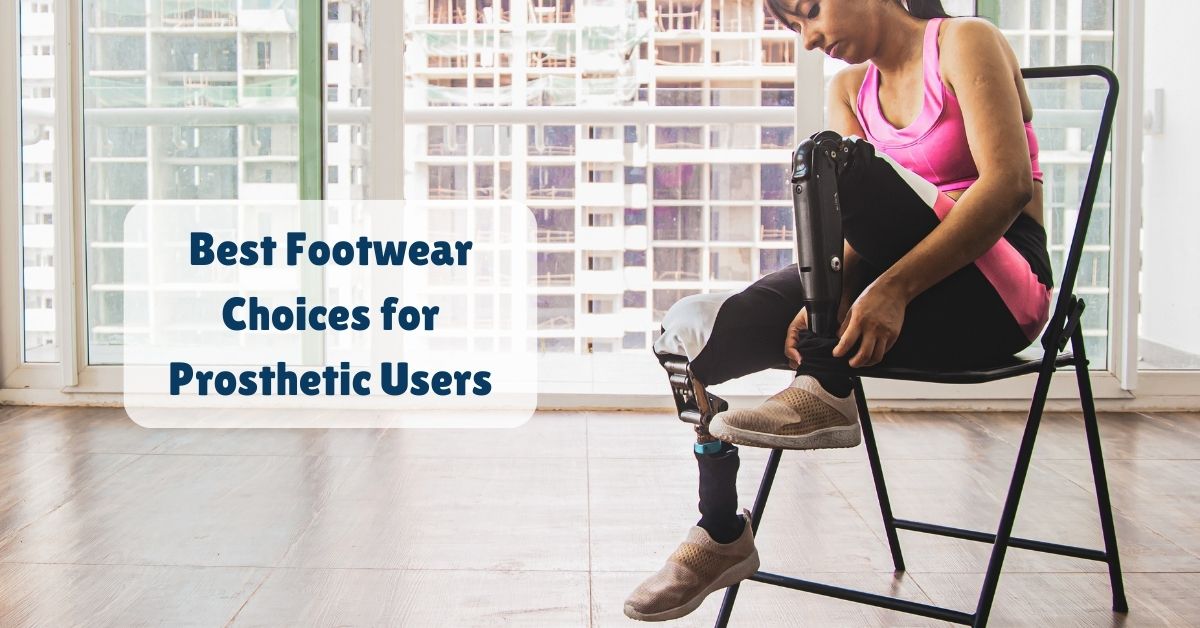Gait training is an important aspect of rehabilitation for individuals who use prosthetic limbs or orthotic devices. It involves the process of learning how to walk again or improve walking patterns using assistive tools and techniques. One of the most commonly used tools in gait training is parallel bars. These bars provide a stable and controlled environment where individuals can practice their walking skills safely under supervision. Let’s explore the significance of gait training with parallel bars for people who use prosthetics and orthotics.
What is Parallel Bars Gait Training?
Parallel bars gait training is a rehabilitation technique used in physical therapy to help patients improve their walking ability. It involves the use of two parallel bars that provide support and stability, making it ideal for individuals recovering from injuries, surgeries, or conditions that affect mobility, such as stroke or orthopedic issues.
This training method offers several benefits, including enhanced safety, improved balance and coordination, muscle strengthening, and gait retraining. The bars create a stable environment where patients can practice walking without the risk of falling.
Therapists can observe and correct gait patterns in real-time, promoting more efficient walking mechanics. Training techniques may include weight shifting and stepping exercises, with a gradual progression to challenge patients as they improve.
Overall, parallel bars gait training is an effective approach to aid recovery and enhance mobility, allowing individuals to regain their independence.
Why Gait Training is Important for Amputees?
Gait training is essential because it helps patients regain mobility, improve balance, and develop the necessary strength to use prosthetic limbs or orthotic devices effectively.
It’s a gradual process that aims to improve the patient’s confidence, endurance, and walking pattern, ultimately enabling them to move independently.
For individuals with prosthetics or orthotics, learning to walk can be particularly challenging. Their bodies need time to adjust to the new equipment, and muscles need to be strengthened to support proper posture and movement. This is where gait training, especially with the aid of parallel bars, becomes critical.
The Role of Parallel Bars in Gait Training
Parallel bars are a primary tool used in the early stages of gait training. They are two horizontal bars fixed at an appropriate height for the patient to hold onto while practicing walking. These bars provide stability, safety, and support, enabling individuals to practice walking movements without the risk of falling.
Key benefits of using parallel bars in gait training include:
Safety and Stability: Patients can hold onto the bars to maintain their balance, reducing the risk of falls or injury. This sense of security allows them to focus more on their walking mechanics without worrying about losing balance.
Controlled Environment: Parallel bars provide a structured and controlled setting where therapists can closely monitor the patient’s progress. Therapists can correct posture, foot placement, and the alignment of the prosthetic limb or orthotic device.
Gradual Progression: Gait training with parallel bars allows patients to gradually improve their walking abilities. As they become more confident, they can transition to using canes or crutches before walking independently.
Improved Confidence: For many individuals, the fear of falling is a significant obstacle in their rehabilitation. Parallel bars help alleviate this fear by offering a stable environment where they can practice walking without hesitation.
Steps Involved in Gait Training with Parallel Bars
Gait training is typically tailored to each patient’s specific needs and abilities. However, there are common steps involved in the process:
Initial Evaluation: Before starting gait training, a thorough evaluation is done to assess the patient’s strength, range of motion, balance, and the fit of their prosthetic or orthotic device. The physical therapist will then create a personalized plan that outlines the goals for the training.
Standing and Weight Shifting: In the initial stages, patients are taught how to stand upright while holding the parallel bars. This helps them get used to the feeling of being on their feet again. Gradually, they practice shifting their weight from one foot to the other, an essential skill for walking.
Walking with Support: Once the patient is comfortable standing and shifting their weight, they begin practicing walking within the bars. The therapist guides them in coordinating their movements, ensuring that they place their feet correctly and maintain a natural walking pattern.
Posture and Alignment: Posture is critical during gait training. The therapist helps the patient maintain an upright posture and checks the alignment of the prosthetic limb or orthotic device to ensure it supports proper walking mechanics.
Increasing Difficulty: As the patient progresses, the therapist introduces more challenging exercises, such as walking without holding onto the bars or practicing on uneven surfaces. This progression prepares the patient for walking in real-world situations outside of the controlled environment.
Benefits of Gait Training for Prosthetics and Orthotics Users
Gait training offers a wide range of physical and psychological benefits for those using prosthetic or orthotic devices:
Enhanced Mobility: Proper gait training helps individuals regain or improve their ability to walk, which leads to greater independence in daily life.
Improved Balance: Gait training strengthens core muscles and enhances balance, reducing the risk of falls and other injuries.
Increased Strength and Endurance: As patients practice walking, their muscles become stronger, allowing them to walk longer distances with less fatigue.
Better Prosthetic or Orthotic Use: Gait training ensures that the patient is using their prosthetic limb or orthotic device correctly, improving their overall efficiency and comfort.
Boosted Confidence: Learning to walk again can be emotionally challenging. Gait training helps build confidence and reduces anxiety about mobility limitations.
Enhancing Mobility with Gait Training and Parallel Bars
Gait training with parallel bars is an essential step for individuals using prosthetic limbs or orthotic devices. It helps patients regain their mobility in a controlled and safe environment, enhancing balance, strength, and confidence.
With the support of physical therapists and the use of parallel bars, individuals can gradually regain their independence and return to daily activities with a renewed sense of self-assurance. Whether someone is recovering from an amputation or learning to use orthotic devices, gait training is key to restoring mobility and improving quality of life.
Proactive Technical Orthopaedics, a leading manufacturer and supplier of parallel bars, we prioritize providing customizable solutions tailored to each patient’s specific needs. Our parallel bars are designed to be adjustable, ensuring they meet various height and support requirements, making them ideal for gait training, especially for individuals using prosthetic limbs or orthotic devices.
By offering adaptable equipment, Proactive helps create a safe and controlled environment that enhances recovery, improves mobility, and builds patient confidence as they work toward regaining their independence. Contact us for more information.
Always consult with a qualified healthcare provider or prosthetist regarding any concerns or questions about your prosthetic limb and its usage. Individual needs and circumstances may vary, and a healthcare professional can provide personalized guidance tailored to your specific situation.

